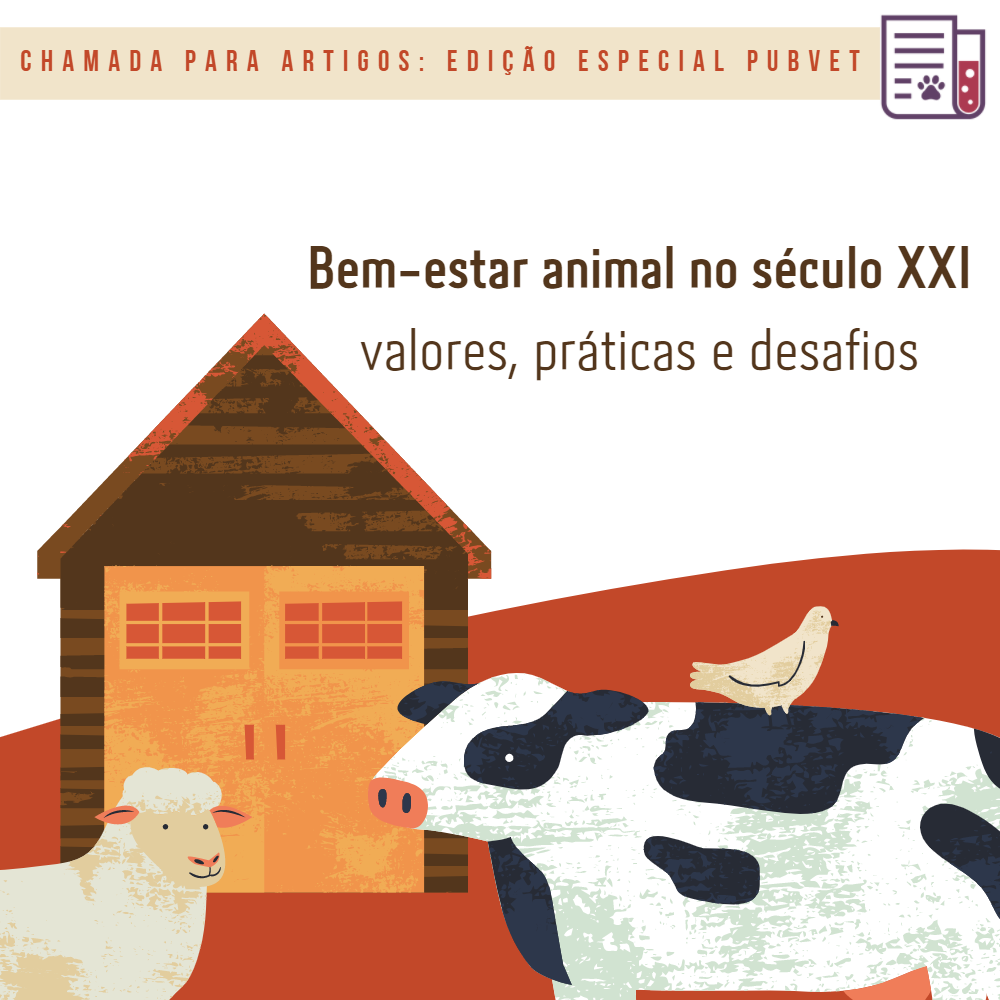Welfare during the transport of horses for competition
DOI:
https://doi.org/10.31533/pubvet.v16Sup1.a1315.1-5Keywords:
Equine, road transport, welfareAbstract
Equine athletes are in constant displacement for competitions in distant places or not. Transport is a potential stressor for horses. Repetitive exposure, or an exaggerated and prolonged reaction to stressful situations is associated with the onset of several diseases. Thus, it is essential to use strategies that can reduce the potential stressor effect of transport in horses. This article aims to demonstrate the evolution in the understanding of equine welfare and apply them to the transport of athlete horses, discussing the various ways to minimize the stressors during transport. The stress caused by transport, including loading, vehicle movement, in addition to the distance of the journey, can cause a series of conditions that characterize the transport syndrome, resulting in possible cases of colic syndrome, diarrhea, pleuropneumonia, in addition to laminitis. Knowledge of physiology, ambience, sanity and of the stressors that act in the transport of horses can help the owner and/or driver in the adequacy of the correct handling, guaranteeing improvement of the BEA and reduction of economic losses during transport.
Downloads
Published
Issue
Section
License
Copyright (c) 2022 Daniel Barbosa Assis, Renato Fernandes de Sousa, Ubiratan Pereira de Melo, Cíntia Ferreira, Magna Pereira da Silva de Souza, Mariana Henrique da Silveira Costa, Mariana Tainar de Andrade Rodrigues Baracho, Emilson Lima de Brito Filho, Leanderson Paiva da Silva, Paulo Roberto Medeiros

This work is licensed under a Creative Commons Attribution 4.0 International License.
Você tem o direito de:
Compartilhar — copiar e redistribuir o material em qualquer suporte ou formato
Adaptar — remixar, transformar, e criar a partir do material para qualquer fim, mesmo que comercial.
O licenciante não pode revogar estes direitos desde que você respeite os termos da licença. De acordo com os termos seguintes:
Atribuição
— Você deve dar o crédito apropriado, prover um link para a licença e indicar se mudanças foram feitas. Você deve fazê-lo em qualquer circunstância razoável, mas de nenhuma maneira que sugira que o licenciante apoia você ou o seu uso. Sem restrições adicionais
— Você não pode aplicar termos jurídicos ou medidas de caráter tecnológico que restrinjam legalmente outros de fazerem algo que a licença permita.





